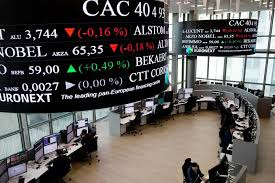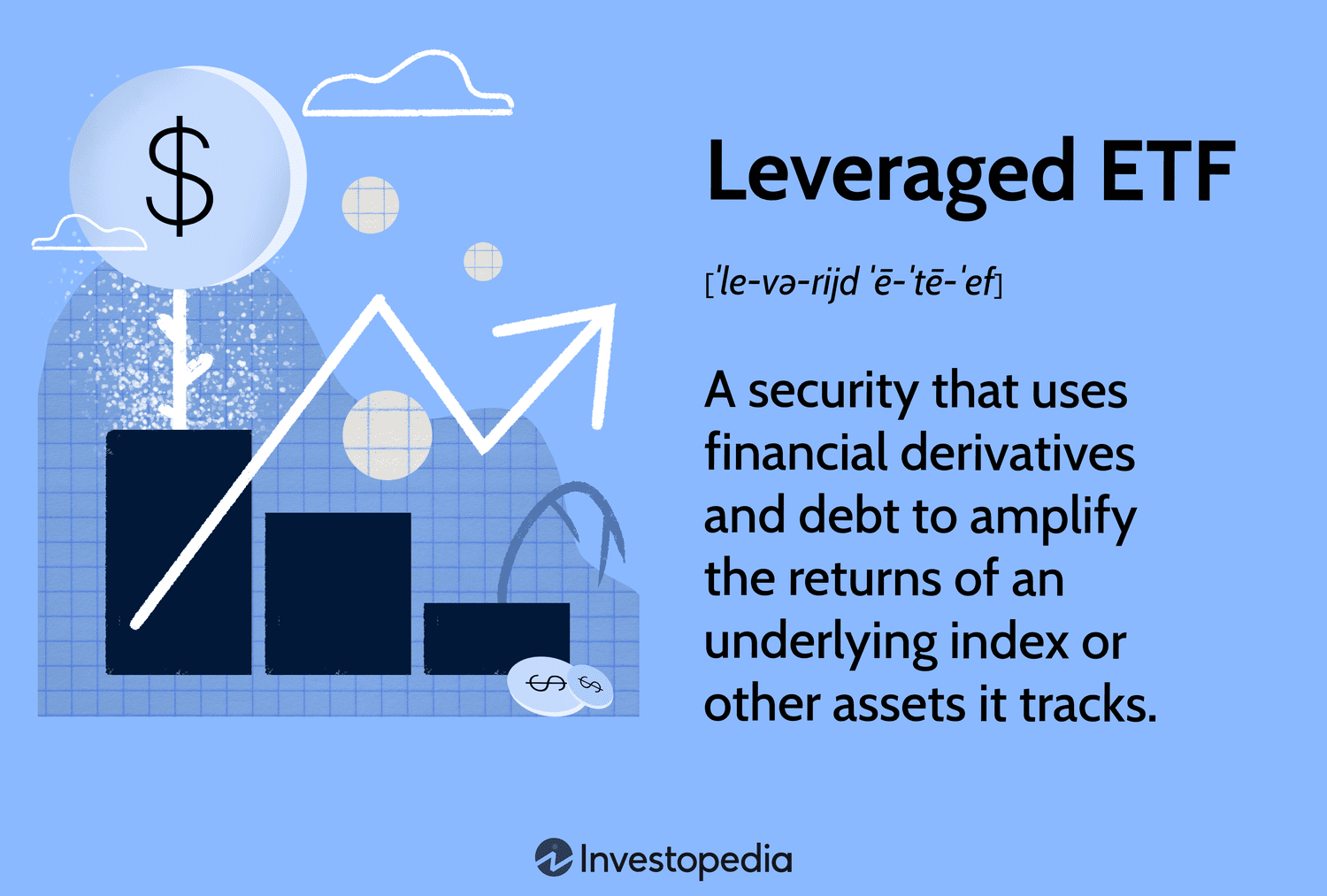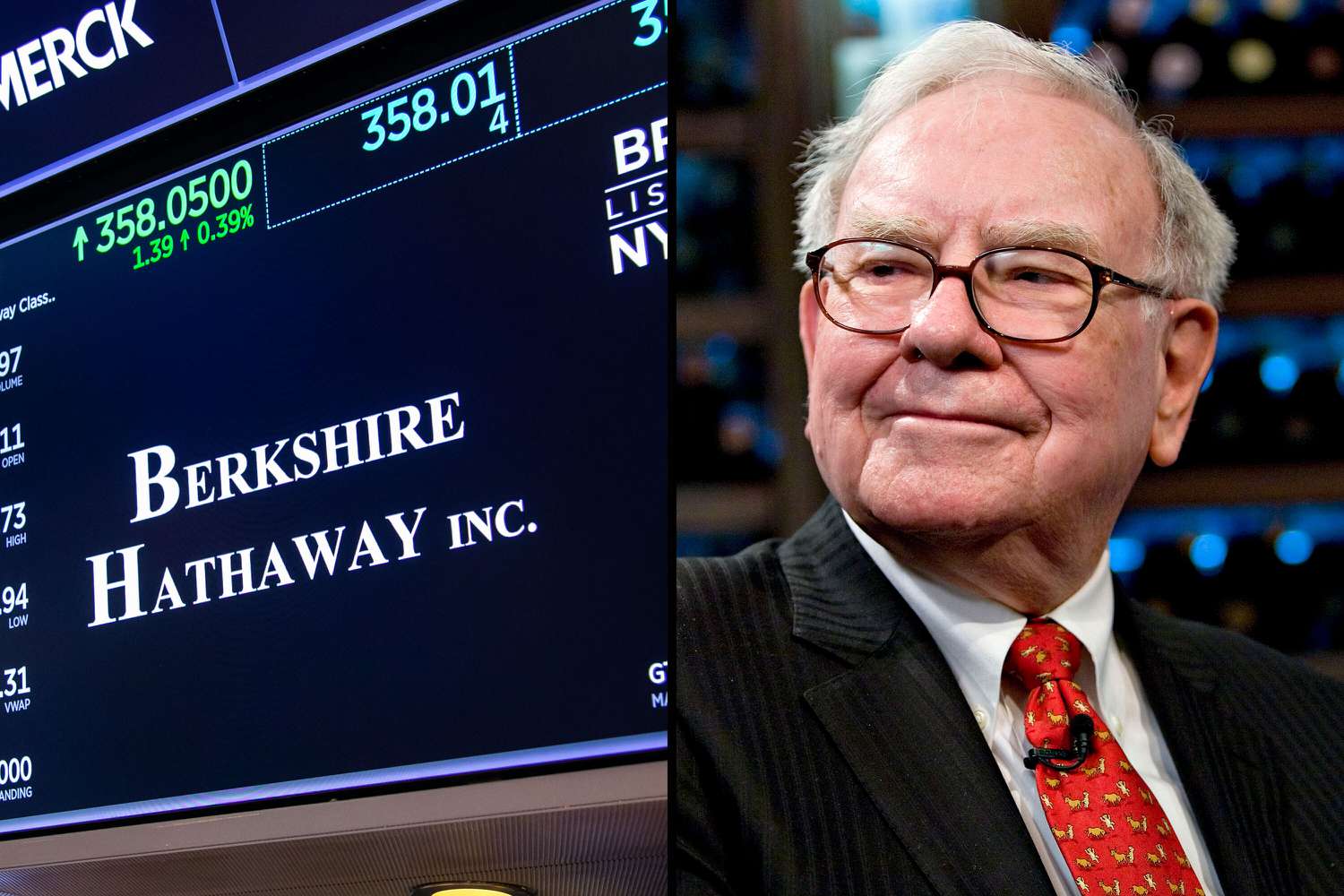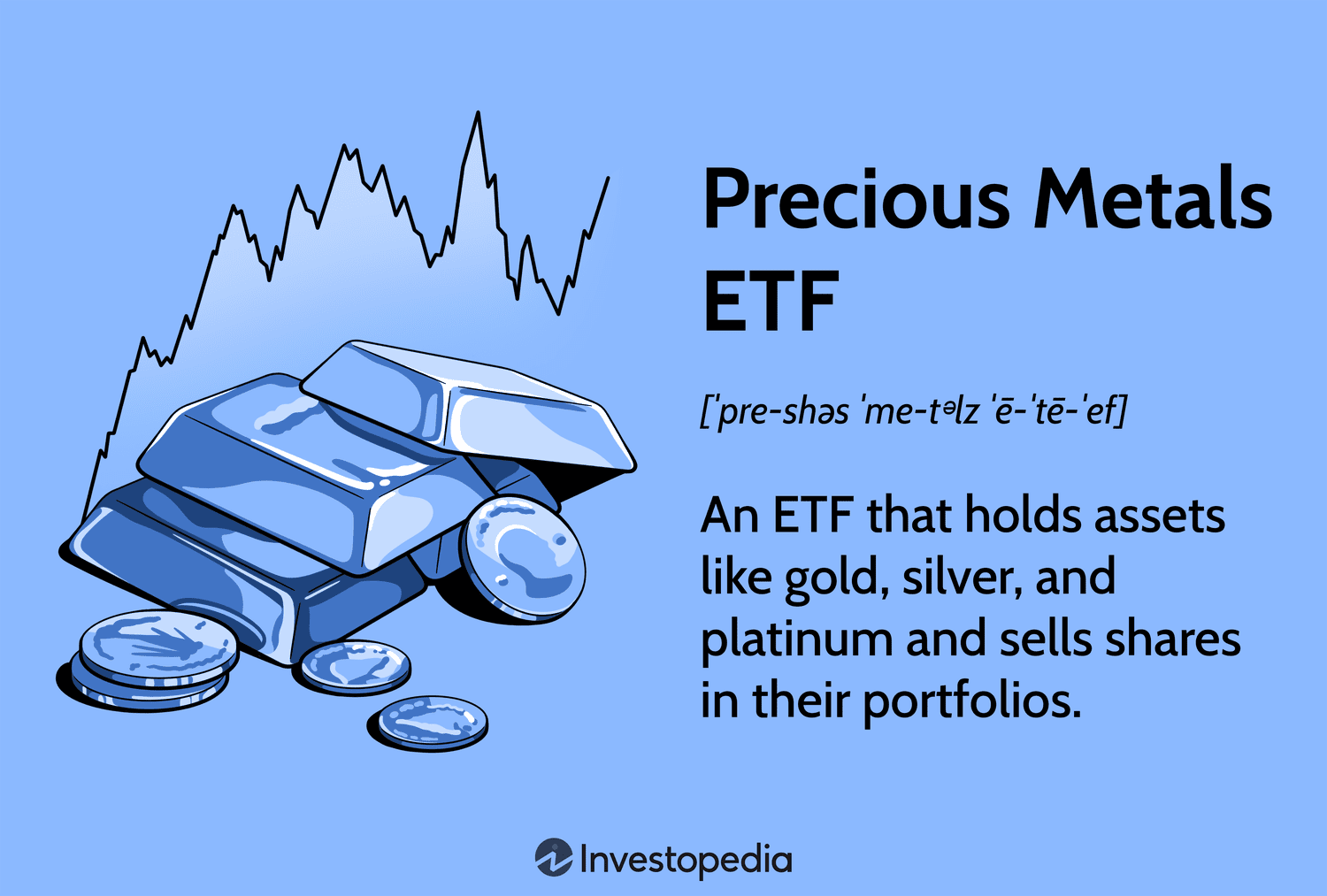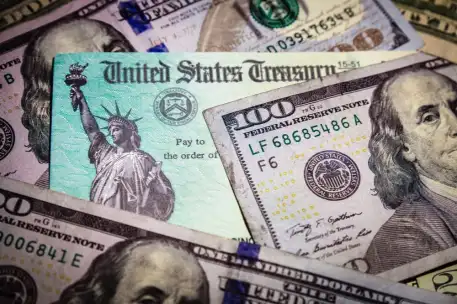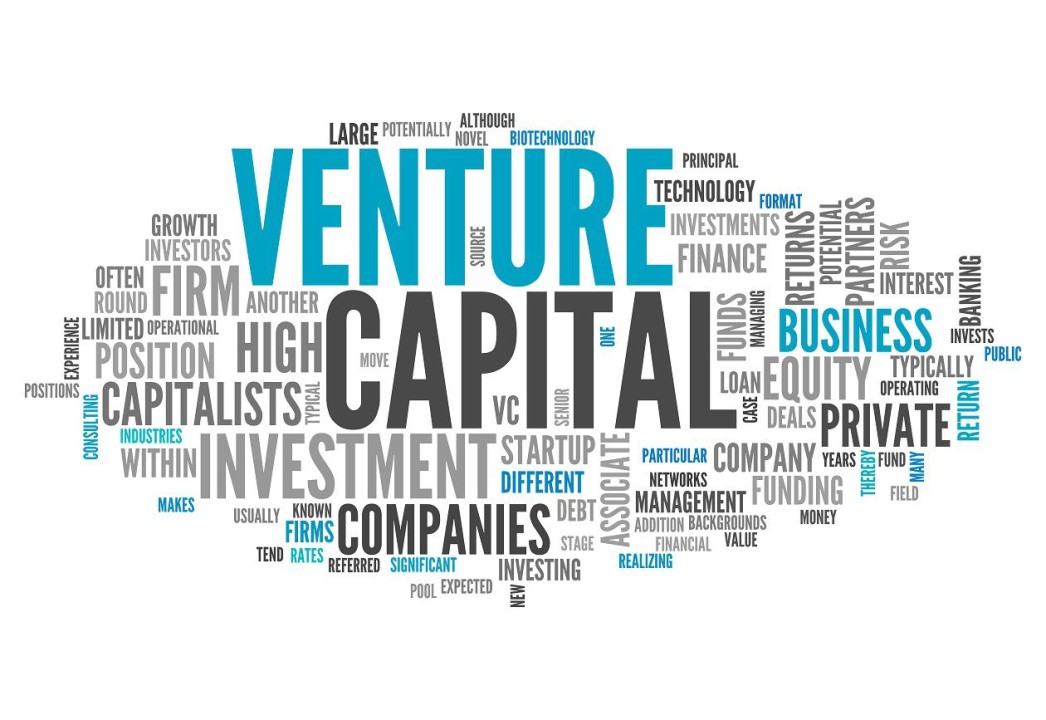
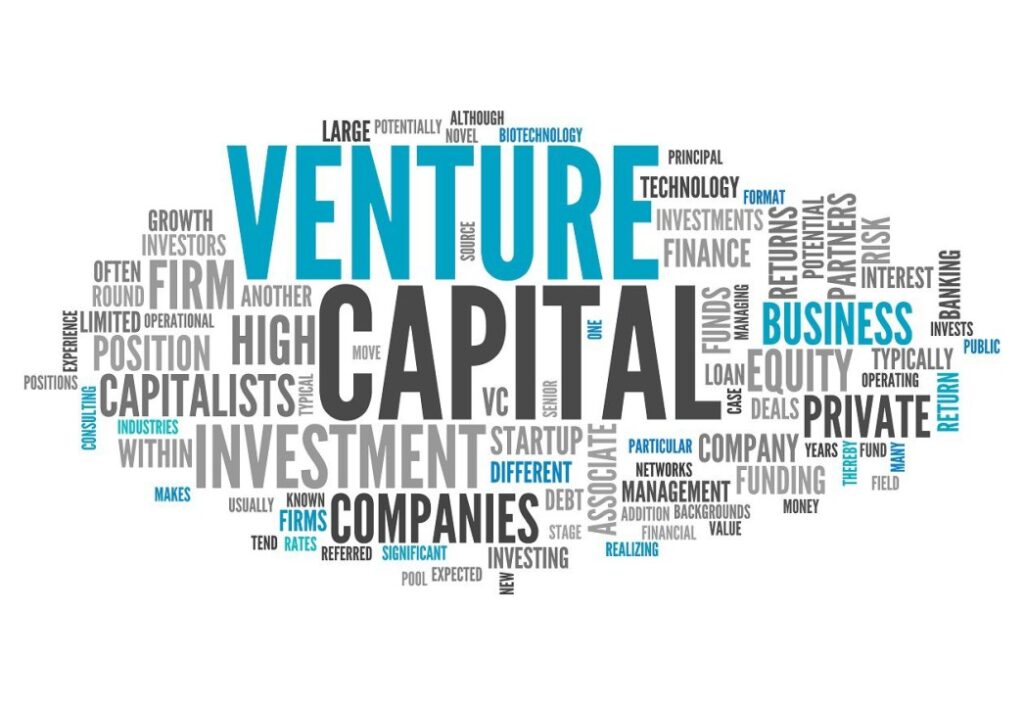
The venture capital ecosystem has been a critical driver of innovation and economic growth, often culminating in high-profile initial public offerings (IPOs) that reward early investors and fuel further startup activity. However, recent data on proceeds from venture capital-backed IPOs on U.S. exchanges paints a sobering picture for the industry. According to a chart from Renaissance Capital, the IPO market for venture-backed companies has experienced a dramatic decline since its peak in 2021, with little sign of recovery as of early 2025.
A Sharp Decline from the 2021 Peak
The chart illustrates a stark contrast in IPO activity over the past five years. In 2021, venture capital-backed IPOs on U.S. exchanges generated a staggering $80 billion in proceeds, marking a high-water mark for the decade. This boom was fueled by a combination of factors: low interest rates, a robust stock market, and a surge in demand for tech-driven companies, particularly in sectors like software, fintech, and biotech. Companies such as Roblox, Coinbase, and Rivian went public during this period, capitalizing on investor enthusiasm and achieving lofty valuations.
However, the momentum quickly faded. By 2022, proceeds from venture-backed IPOs plummeted to nearly zero, reflecting a broader market correction. Rising interest rates, inflationary pressures, and geopolitical uncertainties dampened investor appetite for riskier assets, including newly public companies. The decline continued into 2023 and 2024, with proceeds remaining below $10 billion each year. As of March 10, 2025, the data shows only a marginal uptick, with proceeds still hovering near negligible levels.
What’s Behind the IPO Drought?
Several factors have contributed to the prolonged IPO drought for venture-backed companies. First, the macroeconomic environment has been challenging. The Federal Reserve’s aggressive rate hikes to combat inflation have increased the cost of capital, making it more expensive for companies to go public and for investors to fund growth-stage businesses. Higher interest rates also shift investor preference toward safer, income-generating assets, leaving speculative IPOs out in the cold.
Second, the performance of recent IPOs has been lackluster, eroding confidence in the market. Many companies that went public in 2020 and 2021 have seen their stock prices plummet, with some trading well below their IPO valuations. This has made both companies and investors wary of entering the public markets, as the risk of a poor debut looms large.
Third, regulatory scrutiny has intensified. The U.S. Securities and Exchange Commission (SEC) has tightened rules around disclosures and governance for IPOs, particularly for companies with complex structures like those often seen in the tech sector. This added layer of compliance has deterred some startups from pursuing a public listing.
Finally, the rise of alternative funding mechanisms has reduced the urgency for IPOs. Private equity firms, sovereign wealth funds, and late-stage venture capital funds have poured billions into mature startups, allowing them to stay private longer. Companies like SpaceX and Stripe, for example, have raised significant capital in private markets, delaying their need to go public.
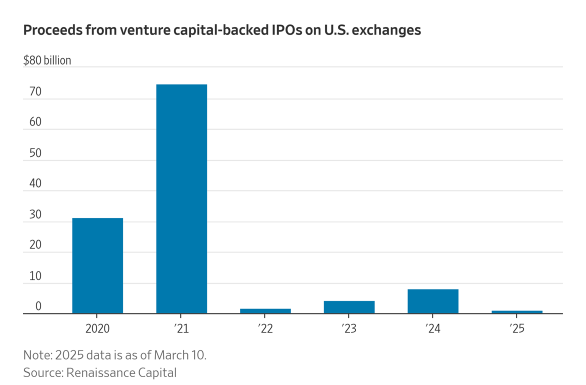
2025: A Year of Cautious Optimism?
Venture investors had hoped that 2025 would mark a turning point for the IPO market. With inflation cooling and the Federal Reserve signaling potential rate cuts, there was optimism that conditions might improve. Additionally, a backlog of “unicorn” startups—private companies valued at $1 billion or more—has been waiting in the wings, ready to test the public markets.
However, the Renaissance Capital data suggests that this recovery has yet to materialize. The proceeds from venture-backed IPOs in the first quarter of 2025 remain dismal, indicating that the market is not yet ready to welcome new entrants. While some high-profile IPOs, such as those in the artificial





